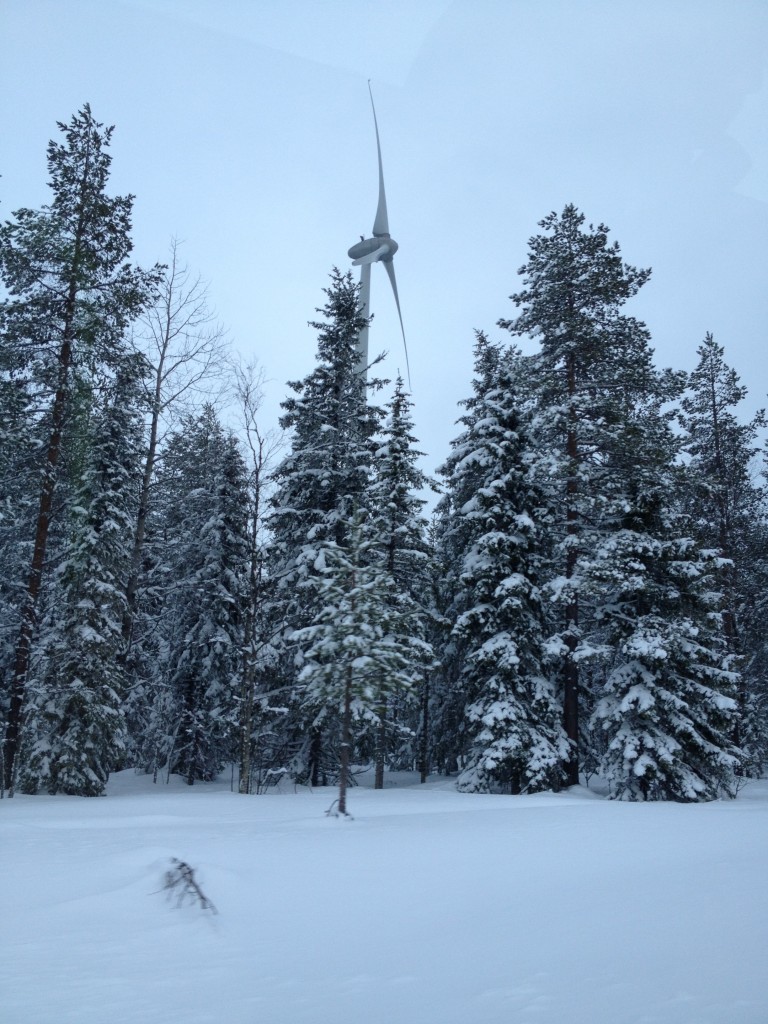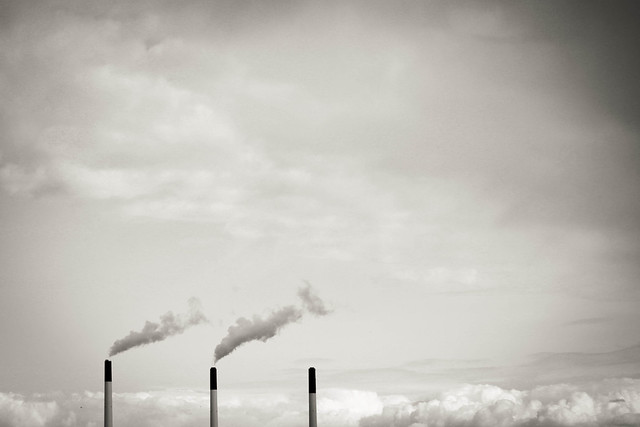Exploring the North – Not in my backyard
Let’s start with a quick survey: Are you in favor of fewer carbon emissions? Would you opt for renewable energy? Do you support the expansion of renewables? I guess we all agree on this, right? But what would you say to having a wind turbine placed right next to the flowers and trees in your garden? Would you be okay with the presence of a high voltage power line right over your roof? That’s where agreement normally ends. More renewables, yes – but not in my backyard.
That’s a major problem many countries promoting energy transition have to confront at some point. And that’s the case in Sweden as well. Swedes simply love their nature. Many parts of the sparsely-populated country are natural reserves and authorities usually rank their preservation higher than economic profit. This attitude is so pervasive that nobody even thinks of questioning it. The country – which meets 50 percent of its energy needs from nuclear power and the other half from hydro power – has great potential to increase its water power capacity. It’s even exporting the energy.
But at the same time, even energy companies like Vattenfall, already operating several water power plants, don’t attempt to build new ones as they know there is likely to be resistance to new plants that “would simply spoil the landscape.”
However, Europe’s largest on-site wind park is to be built in Sweden. By 2024, Swedish company Svewind plans to build 1,100 wind turbines which together are meant to meet 13 percent of Sweden’s energy demand. So far, 12 turbines are up and running. The ridge 60 kilometers away from Piteå has “the best wind conditions you could possibly have”, says Kenneth Bergquist who is responsible for setting up Svewind’s turbines. A large overhead power line is also located close by so that the energy produced can be further distributed. 24 additional turbines are planned on the site, permission has been granted for 340 in total. But the company has already run into trouble with its first few turbines though they are located in an area, where “very few people live”, says Bergquist.
But the ridge with its clump of turbines is located on the route that reindeer herds normally take. “We don’t know how the reindeers react”, says reindeer herder Patrick Lundgren. It might be that they hide in the forest and don’t dare to pass by or deviate from the usual routes, he says. “It took four to five years for the government and the company to understand our problem. But now we have found a solution. We don’t have to first prove that there is a problem anymore. We talk to each other and have to agree.” The reindeers now have a safe harbor apart from the ridge and the company has pledged financial support for additional food if needed. “May be in 10 years the animals get used to the turbines,” Lundgren says.
What do you think? Should people just get used to turbines and powerlines in their immediate surroundings and accept it as necessary if they want renewable energy? Would you leave your home and move to another place?







